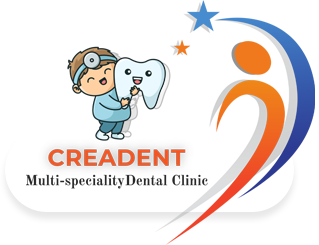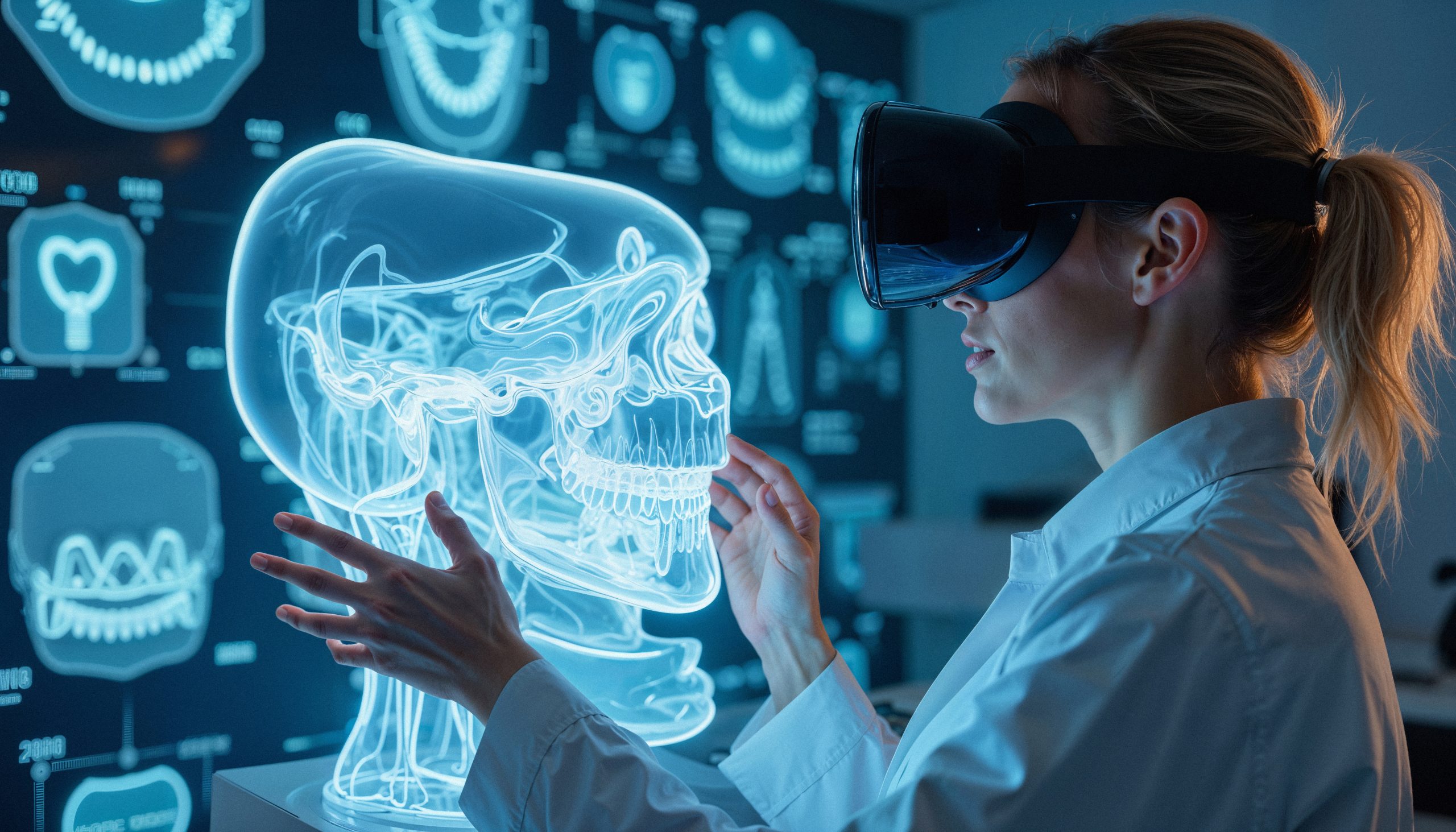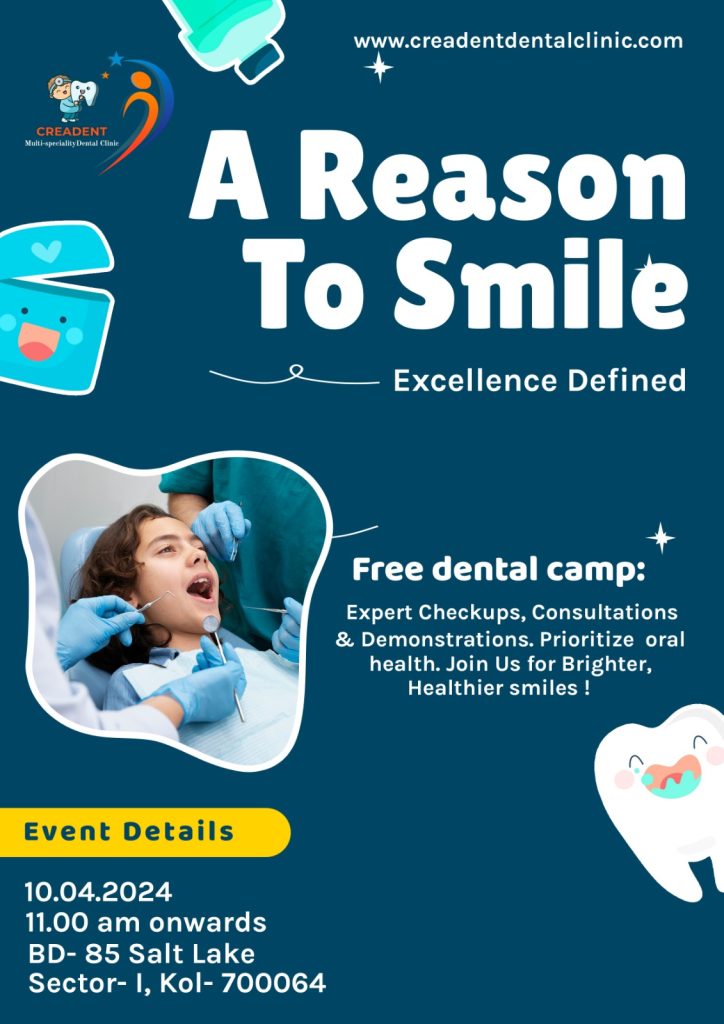Dentistry has always been about precision, comfort, and patient trust. In recent years, however, technology has transformed how dental professionals deliver care. The rise of artificial intelligence (AI), 3D scans, and digital dentistry tools is reshaping treatment planning, diagnosis, and patient experience. With these advancements, dental clinics can now provide more accurate, faster, and less invasive solutions – leading to better oral health outcomes and improved patient satisfaction.
In this blog, we’ll explore how AI in dentistry, 3D imaging, and virtual treatment planning are changing the face of modern patient care.
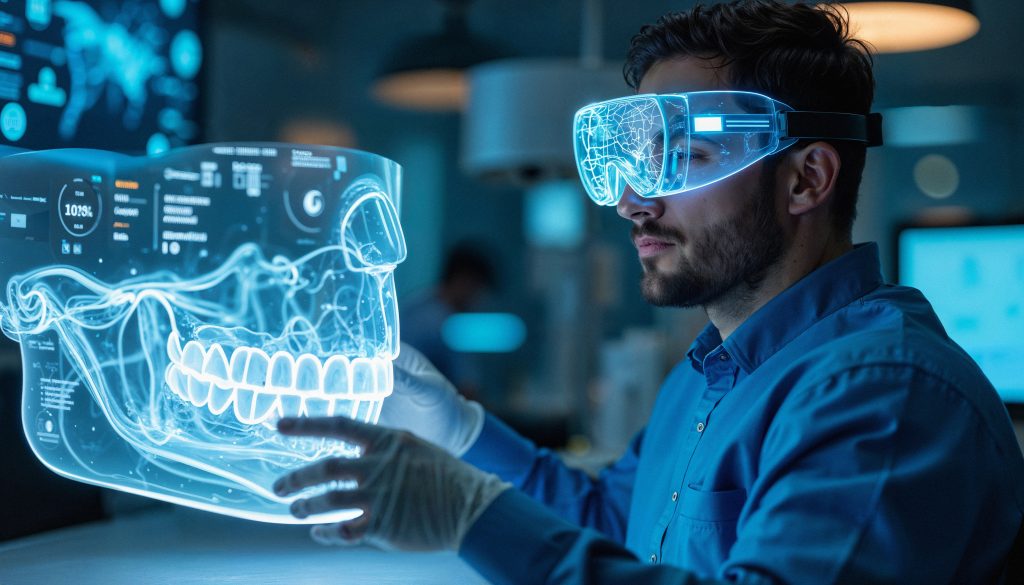
1. The Role of AI in Dentistry
Artificial intelligence is no longer a futuristic concept — it’s already here, playing a critical role in everyday dental care. AI is being integrated into diagnostic systems, imaging tools, and even patient management software.
a) Early and Accurate Diagnosis
AI-powered dental software can analyze X-rays, CBCT scans, and photographs more precisely than the human eye. For instance, algorithms can detect cavities, gum disease, bone loss, and even early signs of oral cancer at a stage when it may be invisible to traditional methods.
b) Predictive Analysis
By studying large datasets of patient histories, AI can predict potential dental issues and suggest preventive measures. For example, patients prone to gum disease or tooth decay can receive personalized treatment plans tailored to their unique oral health profile.
c) Improved Workflow Efficiency
AI streamlines administrative processes like appointment scheduling, billing, and record-keeping. This frees up time for dentists to focus more on patient interaction and care.
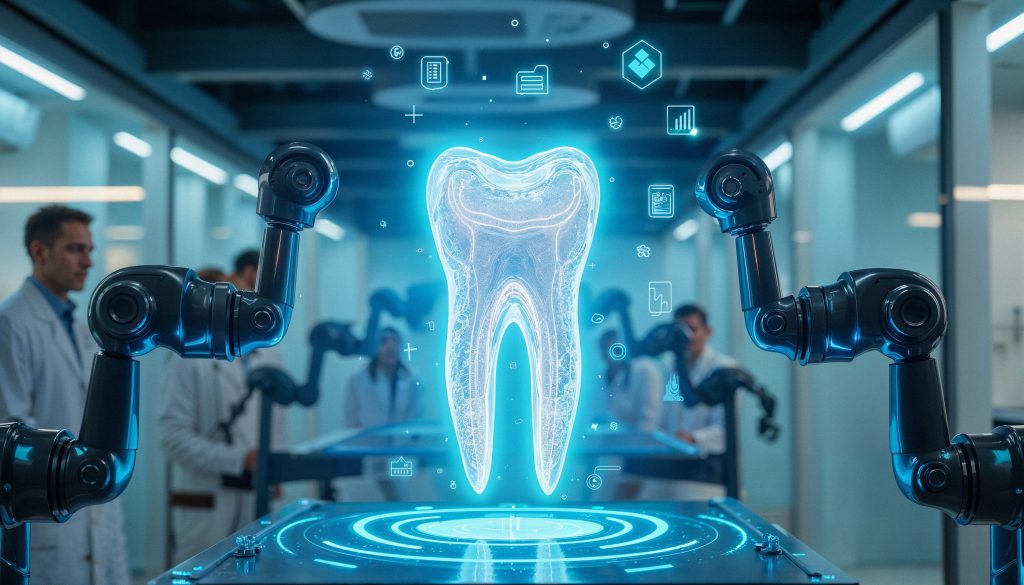
2. 3D Scans: A Revolution in Digital Dentistry
Gone are the days when patients had to endure uncomfortable molds and impressions. Today, 3D intraoral scanners provide accurate, high-resolution digital impressions within minutes.
a) Enhanced Accuracy
Traditional molds were prone to errors, leading to ill-fitting crowns or aligners. With 3D scans in dentistry, dental professionals can create precise models of a patient’s mouth, ensuring treatments such as implants, crowns, and orthodontic aligners fit perfectly.
b) Faster Turnaround
3D scans allow for same-day restorations in many cases. With chairside milling machines, dentists can design and fabricate crowns or veneers within hours instead of days.
c) Patient Comfort
Patients no longer have to sit uncomfortably with trays filled with impression material. The scanning process is fast, non-invasive, and more comfortable — enhancing the overall dental experience.

3. Virtual Treatment Planning
One of the most exciting applications of digital dentistry is virtual treatment planning. Using AI and 3D imaging, dentists can create a virtual model of a patient’s mouth and plan treatments with incredible accuracy.
a) Better Visualization for Dentists
Digital treatment planning allows dentists to simulate outcomes before beginning any procedure. For example, implant placement can be virtually planned to ensure optimal positioning, avoiding nerves or sinuses and maximizing long-term success.
b) Improved Patient Communication
Patients often feel anxious about dental procedures because they cannot visualize the results. With virtual models, dentists can show patients how their smile will look post-treatment, building trust and improving acceptance rates.
c) Minimally Invasive Procedures
Since treatments are mapped digitally, dentists can perform procedures with more precision and fewer complications. This leads to faster healing and reduced discomfort.
4. How These Technologies Improve Patient Outcomes
The integration of AI, 3D scans, and virtual planning isn’t just about technology — it’s about enhancing patient care.
- Accuracy and Precision: Advanced imaging and AI-driven analysis reduce the risk of misdiagnosis or treatment failure.
- Comfort and Convenience: Digital tools eliminate uncomfortable processes like traditional impressions and reduce multiple clinic visits.
- Personalized Care: AI and digital dentistry allow customized treatment plans tailored to individual needs.
- Faster Recovery: With minimally invasive approaches, healing times are shorter, and complications are minimized.
- Greater Patient Involvement: Virtual models let patients see their treatment journey, increasing satisfaction and compliance.

6. The Future of AI and Digital Dentistry
As technology evolves, we can expect even greater integration between AI, robotics, and digital tools in dentistry. In the near future:
- Robotic-assisted surgeries may perform complex implant placements with near-perfect accuracy.
- AI-driven chatbots could provide patients with 24/7 oral health advice.
- Smart toothbrushes and wearables might track oral hygiene in real-time and alert both patients and dentists about issues.
Personalized dentistry will become the norm, with treatments based entirely on genetic, lifestyle, and behavioral data.

7. Why Patients Should Embrace Digital Dentistry
Many patients worry that advanced technology means higher costs. However, in reality, digital dentistry often reduces long-term expenses by preventing issues and reducing the need for repeat treatments.
By embracing AI-driven dentistry and digital tools, patients benefit from:
- More reliable results
- Less time in the dental chair
- Long-lasting restorations
- Confidence in their smile
Conclusion
The world of dentistry is evolving rapidly, with AI, 3D scans, and virtual treatment planning leading the way. These advancements don’t just make treatments easier for dentists — they transform the patient experience by making care faster, safer, and more precise.
As digital dentistry technology continues to advance, patients can look forward to a future where dental visits are more comfortable, diagnoses are more accurate, and smiles are healthier than ever before.
If you’re looking to experience the future of dentistry today, visit Creadent Dental Clinic.
Book your appointment now: www.creadentdentalclinic.com/book-an-appointment/
Call: 6292-300-343
FAQs on AI and Digital Dentistry
Q1. What is AI in dentistry?
AI in dentistry refers to the use of artificial intelligence software and algorithms to analyze dental images, detect oral health problems early, and assist in treatment planning.
Q2. How do 3D scans improve dental treatment?
3D scans provide highly accurate digital impressions of your teeth, improving the fit of crowns, aligners, and implants while eliminating the discomfort of traditional molds.
Q3. Is digital dentistry more expensive?
Not necessarily. While initial investment in technology is higher, digital dentistry often reduces overall treatment costs by minimizing errors, repeat procedures, and treatment time.
Q4. What is virtual treatment planning in dentistry?
Virtual treatment planning uses 3D imaging and AI to simulate procedures before they are performed. This improves accuracy, patient communication, and treatment success rates.
Q5. How does AI benefit patients directly?
AI helps patients by enabling early diagnosis, reducing chair time, providing personalized care, and ensuring better long-term outcomes.
